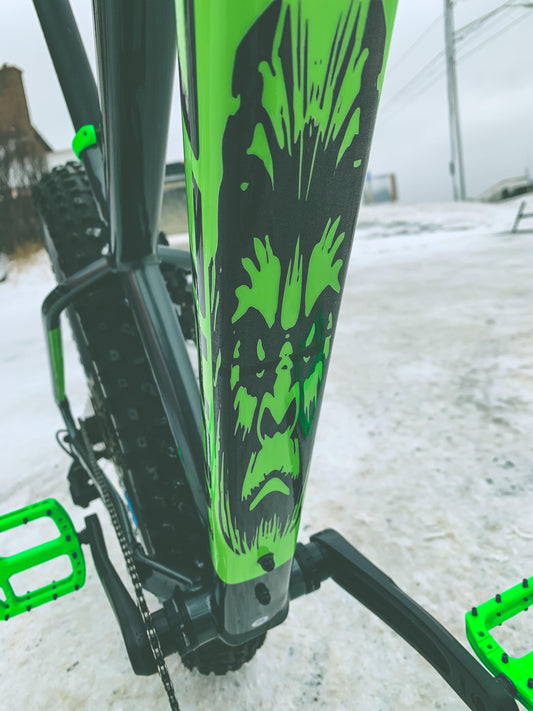Does this look familiar?

By Steve Balchunas
Do your skate blades look like those pictured above? The steel ground all the way to the plastic holder on the toe and heel of each skate? If so, we’re going to guess you’ve had your skates for a while and have been visiting the same shops over and over.
Remember your blades when they were brand new? The shape they had? It’s all but gone now, and you should know it’s affecting your performance. Skate blades are shaped the way they are for a reason. That steel underneath your toes and underneath your heels provides stability and agility. Sure, some players like to take a little off either end, but removing too much is a risky proposition.
The problem is, we’re all human and unless the person sharpening your skates is paying strict attention, the natural tendency is to apply more pressure on the ends of the blade when moving it across the grinding wheel. When this happens, the shape or "profile" of the blade is altered over time, and we end up with this dreaded "banana blade".
Whether it’s a custom profile or the one provided by the manufacturer, all players can relate to having had the profile of their blades altered to a certain degree. Maintaining that original shape for as long as possible ought to be a goal.
So How Do You Do It?
Well, even the best skate sharpeners in the world can’t be perfect all of the time; that’s why if you ask NHL equipment managers how they do it, they’ll tell you they need reshape their players' blades several times throughout the season to maintain the desired profile.
So, one answer would be to have your skates professionally profiled and then re-profiled several times throughout the season (NHL equipment managers tell us that they reprofile approximately every 15 sharpenings).
If you sharpen with a Sparx Skate Sharpener, well, that would be the other answer. Whether you apply a custom profile or not, if you exclusively use Sparx, your skate blade will maintain its proper shape for the life of the steel without ever needing to be re-profiled. This is due to the constant pressure, translation speed and RPM of the Grinding Ring moving across the skate blade.


